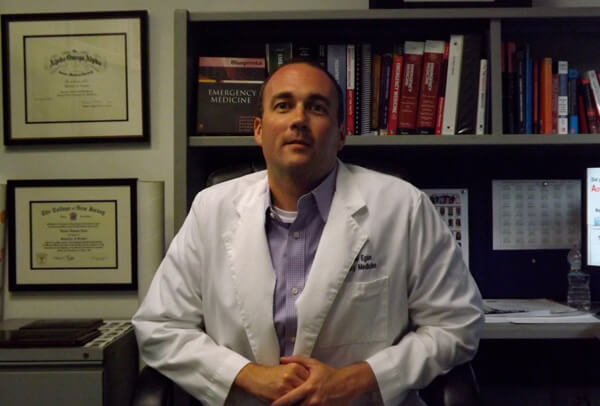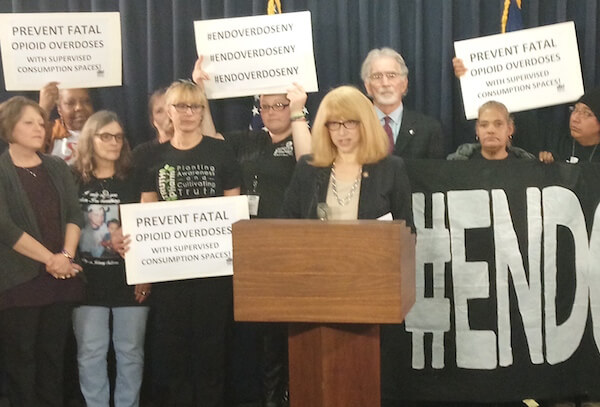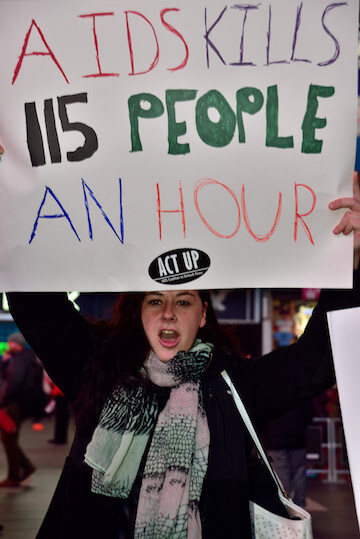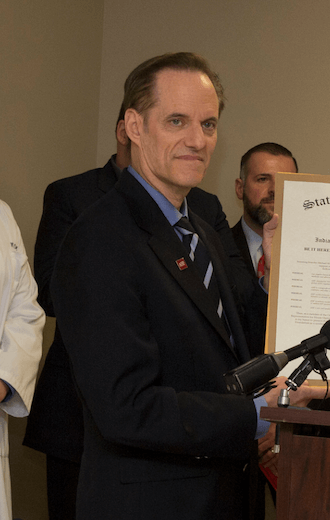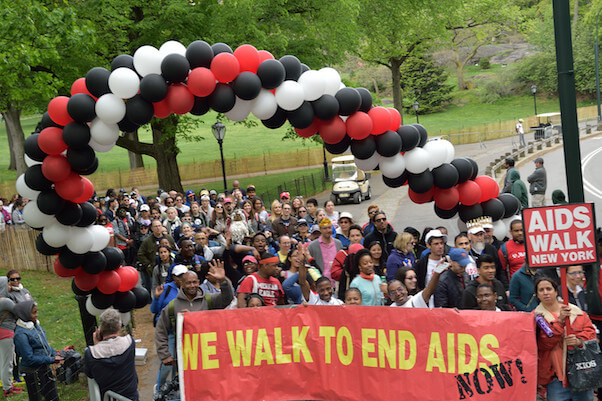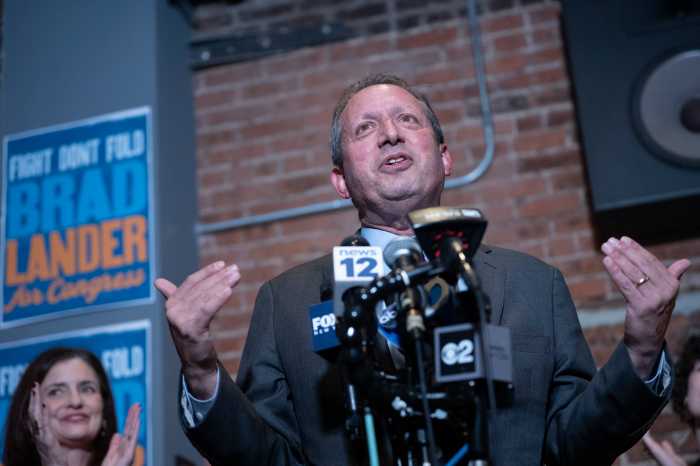Dr. Daniel Egan said PEP programs he runs at Roosevelt and St. Luke’s Hospitals are well utilized but acknowledged that awareness of this prevention option among gay men is not widespread. | GAY CITY NEWS
In an April column on Huffington Post, journalist Andrew Miller described taking Kyle, a friend, to Beth Israel Medical Center in Manhattan for post-exposure prophylaxis (PEP) or the process of giving a 28-day course of anti-HIV drugs to someone recently exposed to the virus to prevent them from becoming infected.
While PEP must start within 72 hours of the exposure, Miller wrote that emergency room staff “dragged their feet,” the attending physician was “uninterested,” and Kyle endured a series of tests and questions that could have waited until after he received his first dose.
Just as Kyle had lost patience and was about to leave, “the nurse arrived with an initial dose of anti-retrovirals, enough pills for three more days, and instructions to see his doctor for a prescription,” Miller wrote.
What the two gay men did not know is that the New York state health department funds six providers, including the emergency departments at Roosevelt Hospital and St. Luke’s Hospital, to deliver PEP and that those facilities have established protocols.
State and city fund programs to prevent infection, but few gay men seem aware
“At this point, the program essentially runs itself because we’ve been doing it for so long,” said Dr. Daniel Egan, who runs the PEP program at the two hospitals, which are owned by Continuum Health Partners.
PEP began informally in the US among healthcare workers who had an exposure, typically being stuck with a needle. In 1996, the US Public Health Service issued its first guidelines on using PEP for occupational exposure. Without recommending PEP, the federal Centers for Disease Control and Prevention (CDC) issued its first guidance for non-occupational exposures in 2005.
It is a comment — and not a good one — on the state of HIV prevention in New York City that this established resource for preventing HIV infections is not well known among gay men.
“I don’t think that many of my gay friends, run of the mill gay guys, know about it,” Egan said.
A 2011 study that was published in the journal Sexually Transmitted Infections found that just 201, or 36 percent, of 554 men who were interviewed in two New York City bathhouses were aware of PEP or pre-exposure prophylaxis (PrEP), the process of taking anti-HIV drugs on an ongoing basis to prevent infection.
Still, Egan said that his program was well utilized. “I feel like a lot of people come,” he said. “I’m actually surprised by how many people come.”
In 2012, the two emergency departments combined to deliver PEP to 209 people and another 78 sexual assault survivors. As of May 12 this year, they delivered PEP to 81 people and another 36 sexual assault survivors. Both hospitals also have clinics that deliver PEP.
The Callen-Lorde Community Health Center is in the state network as well, but is funded by the city health department to deliver 69 PEP courses per year to uninsured people. “We generally exhaust that allocation in about nine months,” Jay Laudato, the gay health clinic’s executive director, wrote in an email. “So I guess you could say about seven a month. Once we exhaust our free meds, we refer uninsured patients to the other city funded sites at Mt. Sinai and Bellevue.”
Other than the data from the providers, the city and state health departments do not gather statistics on PEP use. Men could be getting PEP from private doctors or at other clinics or emergency rooms.
The number of gay and bisexual men who could benefit from PEP every year could run into the hundreds or thousands. In 2008, the city health department estimated that 4,800 New Yorkers were newly infected with HIV in 2006. Of those, 2,372 of the new infections were in men who have sex with men. The city has not done a new estimate. Data published since 2008 suggest that new HIV infections among men who have sex with men in the city have gone up in the intervening years.
Some studies indicate that gay and bisexual men who are taking PEP are generally more unsafe in their sexual encounters. These men would be prime candidates for other interventions that might help them alter their behavior.
A 2012 study published in the journal AIDS followed 395 men who took PEP in Amsterdam between 2000 and 2009 and compared the new infection rate in that group to the rate among 782 men who were participating in the Amsterdam Cohort Studies on HIV infections and AIDS. The PEP group had an HIV incidence of 6.4 percent per year, a rate that was roughly five times higher than the 1.3 percent in the other group.
Another 2012 study, this one published in AIDS Patient Care and STDS, recruited 53 men who have sex with men who used crystal meth in Los Angeles. Thirty-five took PEP and participated in the “drug abstinence intervention of contingency management,” a counseling program. Twenty-five of the men completed PEP and abstained from crystal use during the intervention.
At a May 9 town hall meeting called by the Medius Working Group, Jim Eigo, who was a leading voice in the early years of ACT UP and has now rejoined that AIDS activist group, decried the absence of a public discussion about PEP and PrEP
“There is an appalling lack of knowledge in our community about some basic survival tools like pre-exposure prophylaxis and post-exposure prophylaxis,” he said. “In some ways, I’m amazed because a generation ago, had we had those tools, every gay man of my generation in New York would have known about them. Here we have a generation that has the Internet and yet there is no public discussion of it, no public knowledge.”

